PD-10 - Natural Language Processing in GIScience Applications
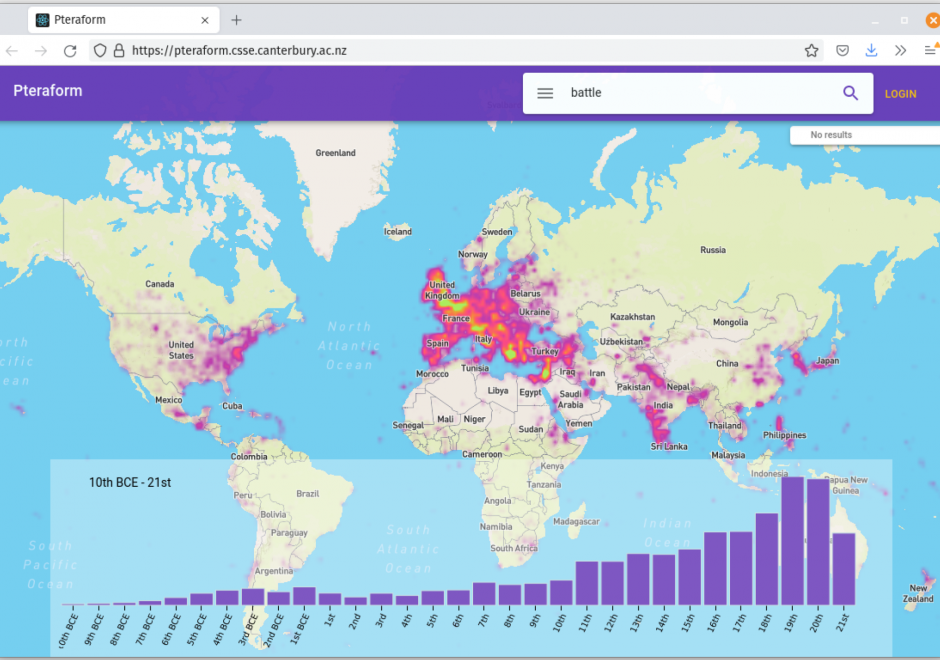
Natural Language Processing (NLP) has experienced explosive growth in recent years. While the field has been around for decades, recent advances in NLP techniques as well as advanced computational resources have re-engaged academics, industry, and the general public. The field of Geographic Information Science has played a small but important role in the growth of this domain. Combining NLP techniques with existing geographic methodologies and knowledge has contributed substantially to many geospatial applications currently in use today. In this entry, we provide an overview of current application areas for natural language processing in GIScience. We provide some examples and discuss some of the challenges in this area.

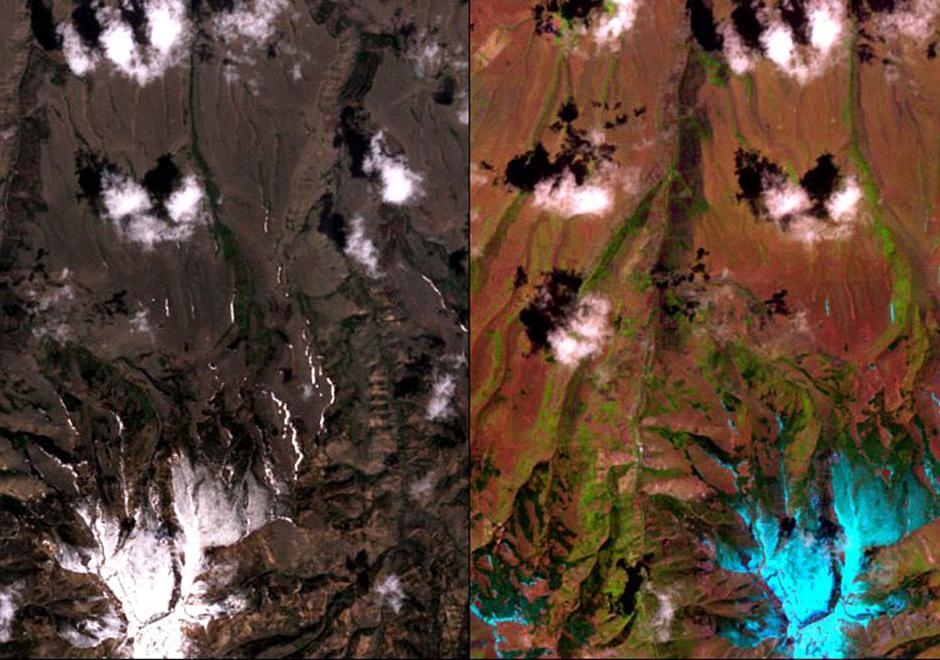
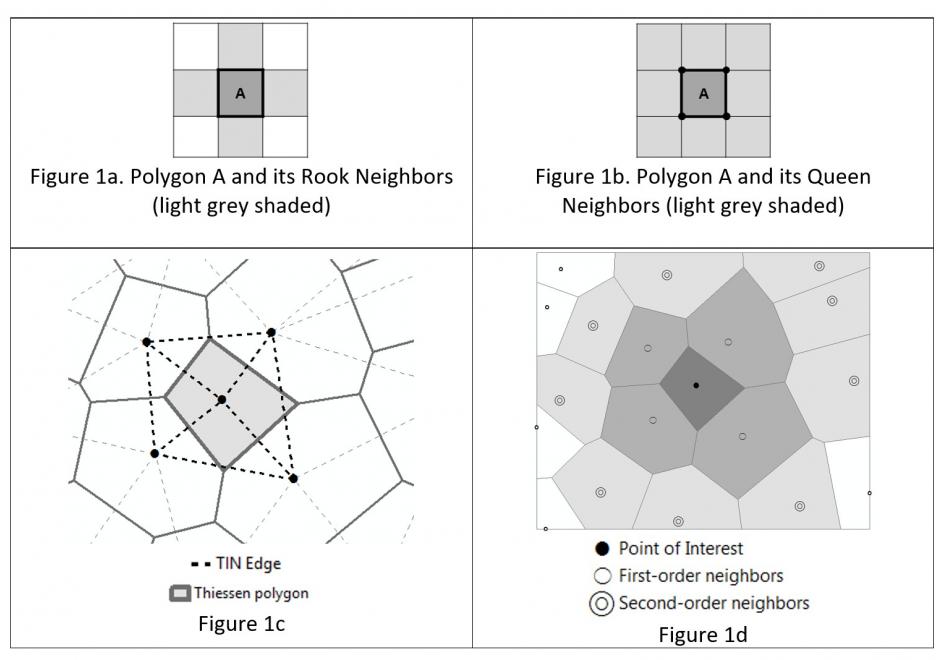
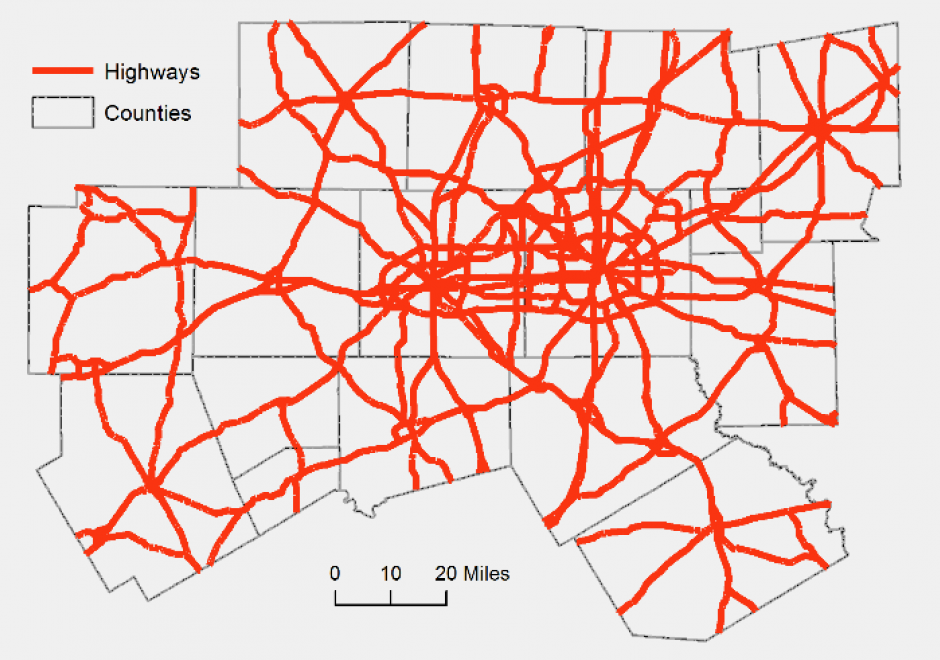
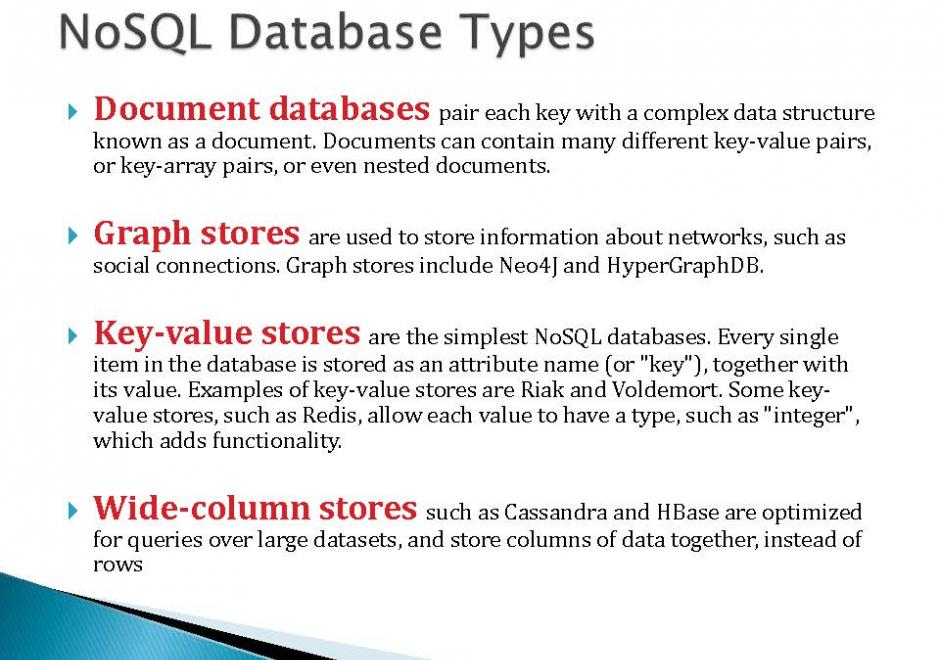
CV-33 - Narrative and Storytelling
Maps are powerful storytellers. Maps have a long history combining spatial relations with cartographic language to locate, analyze, ground, and express stories told across time and space. Today, “story maps” are increasingly visible in cartography, GIScience, digital humanities, data visualization, and journalism due to the volume of available data and increasingly accessible mapping tools. Perhaps, most importantly, maps present world views and much larger (often hidden) stories or “meta-narratives.” These underlying stories often emerge from dominant perspectives that are deeply informed by power structures like racism, patriarchy, ableism, etc. and further generate uneven geographies. Attention to power in narrative and storytelling reveals and gives voice to alternative storylines and perspectives that can be woven together across time and space. In this entry, I introduce multiple conceptualizations of maps and stories from cartography and data journalism to feminist mapping, Black geographies, and decolonial mapping to illustrate the power of narrative and storytelling in mapping. I argue that understanding the power of narrative and storytelling in mapping is an essential skillset for students and professionals alike.